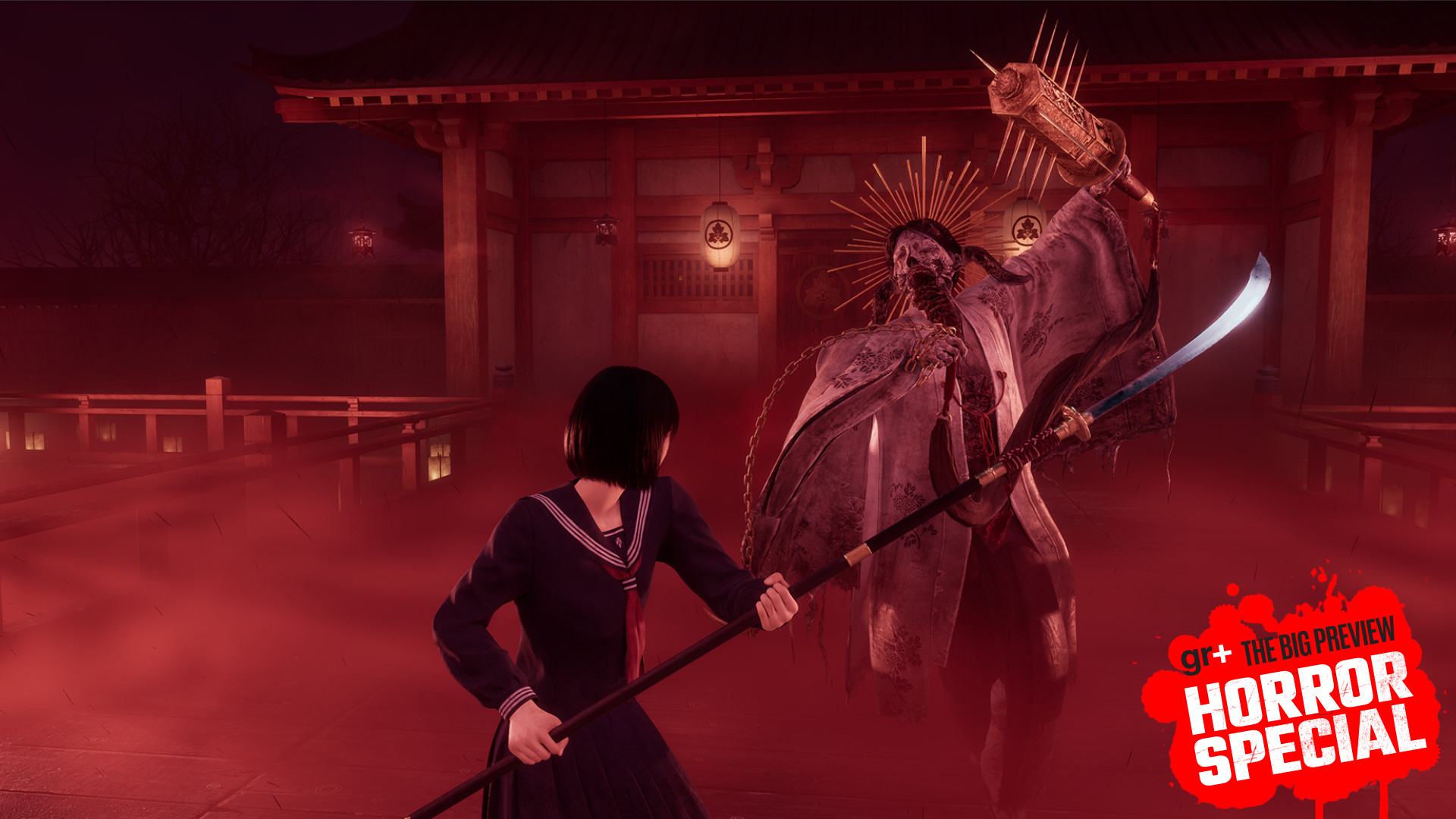Silent Hill f emerges as a compelling and fresh take on the iconic survival horror genre, immediately captivating players with its profound story and deeply unsettling atmosphere. Despite initial anxieties regarding its potentially over-engineered combat mechanics, the first five hours reveal a title brimming with confidence and a unique vision that promises to redefine expectations for the series.
The game meticulously crafts an environment where terror and beauty intertwine, exemplified by the unsettling yet mesmerizing presence of parasitic red spider lilies that transform Hinako’s rural hometown of Ebisugaoka in 1960s Japan. These blooming entities infuse every surface and resident, creating grotesque yet visually striking monstrosities that reinforce the “beauty in terror” aesthetic Silent Hill f masterfully aims to achieve.
Combat in Silent Hill f centers around close-quarters melee engagements, forcing Hinako to utilize destructible items like pipes and sickles for self-defense. The system introduces a parry-heavy approach, featuring mechanics such as perfect dodges for slowdowns and chromatic aura-triggered heavy attacks for significant damage. While these elements offer strategic depth, they occasionally feel complex for a survival horror game.
Developer Neobards explains that Hinako’s surprising combat proficiency is designed to convey moments of “adrenaline,” with well-timed dodges replenishing stamina. The decision to set Silent Hill f in Japan, with its narrower pathways compared to typical American settings, inherently limits evasion, compelling Hinako to confront threats directly, as series producer Motoi Okamoto notes.
Historically, Silent Hill’s combat has ranged from clunky to merely functional. While Silent Hill f’s system may be the most technically crafted, some critics observe that its emphasis on perfect dodges and counter-attacks, akin to “Fog Souls,” can paradoxically detract from the horror atmosphere, even with features like enemy “posture” for staggering.
Despite the combat’s occasional rote feeling, Silent Hill f excels in promoting evasion and puzzle-solving as core horror elements. Sequences like navigating labyrinthine alleys or searching for ema while pursued by regenerating enemies highlight the tension and strategic thinking required, ensuring that perfect combat alone won’t solve every encounter, rewarding astute players.
The narrative of Silent Hill f plunges Hinako Shimizu into a harrowing ordeal as her hometown is engulfed by a mysterious fog and strange growths. Her journey through both the transformed town and a vast, twisting otherworld shrine realm, inspired by Silent Hill 2, promises a unique identity for this Japanese chapter while retaining recognizable series elements.
Beyond action, Silent Hill f enriches its world with collectible lore notes and a “faith” currency, earned from offerings at shrines. Scriptwriter Ryukishi07 has intricately woven narrative into the game’s puzzles, such as the school’s web of conundrums that unveil complex relationships. The 1960s Japanese setting also serves as a poignant backdrop for exploring the era’s gender dynamics and societal pressures on young women.
Silent Hill f is far from simplistic, promising multiple endings, new areas, and branching paths in subsequent playthroughs, fueling player theory-crafting. While the parry-heavy combat may require refinement, the game’s luxurious atmosphere and compelling narrative ensure Silent Hill f stands out as a deeply engaging experience, inviting players to wade deeper into its enigmatic fog.






Leave a Reply